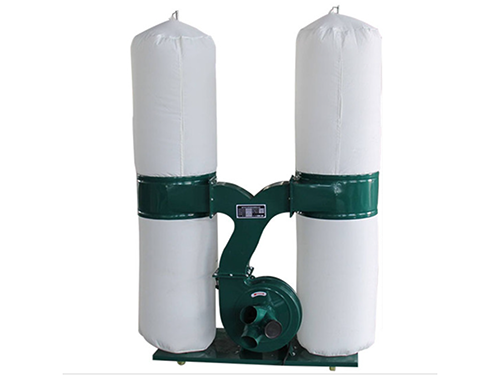SURVIVAL THROUGH QUALITY
PRODUCT CENTER
-
Pulse dust collector
-
Mine dust collector
-
Boiler dust collector
-
Metallurgical dust collector
-
Carbon plant dust collector
-
Chemical dust collector
-
Rubber dust collector
-
Woodworking dust collector
-
Single machine dust collector
-
Static electricity Dust collector
-
Cyclone dust collector
-
Wet dust collector
-
Filter cartridge dust collector
-
Insert valve (gate valve)
-
Ventilation butterfly valve (cold air valve)
-
Spiral conveyor (auger)
-
Scraper conveyor
-
Dust humidifier
-
Bucket elevator
-
Ash discharge valve
-
Material Handling Equipment
-
Wet scrubber
-
Dust collector
-
Dust removal filter bag
-
Dust removal bag cage
-
Polishing platform
-
Waste gas treatment equipment
-
Electric control cabinet
-
Fan
-
Smoke welding machine
-
Liquid level switch
-
Dust removal filter element
-
Aeration cushion
-
Sweeper
-
Dust suppression device
-
Solenoid valve

Wood dust collector
In the wood processing industry, the generation of impurities such as wood chips, wood powder, and sawdust is inevitable. These impurities not only affect the working environment, but may also pose a threat to the health of workers. Therefore, choosing a suitable wood dust collector is crucial for the wood processing workshop. We will explore the key factors that wood processing workshops should consider when selecting wood dust collectors.
1、 Understand the workshop environment and dust characteristics
Before choosing a wood dust collector, it is important to have a deep understanding of the workshop environment and the dust generated. The dust particles generated during the wood processing are relatively fine and flammable and explosive, which requires the dust collector to have good filtering effect and explosion-proof performance. Meanwhile, environmental factors such as the size of the workshop, air humidity, and temperature can also affect the selection of dust collectors.
2、 Determine dust removal efficiency and emission standards
When selecting a wood dust collector in a wood processing workshop, attention should be paid to its dust removal efficiency and emission standards. Efficient dust collectors can more effectively capture fine dust and reduce air pollution. In addition, with the increasingly strict environmental regulations, it is crucial to ensure that the emission standards of dust collectors comply with local environmental requirements.
3、 Consider the performance and characteristics of wood dust collectors
Filtering area: The filtering area of a wood dust collector is a key factor affecting its performance. The larger the filtration area, the higher the dust removal efficiency, but the corresponding cost will also increase. Therefore, when choosing, it is necessary to weigh the actual situation and budget of the workshop.
Bag material: The material of the bag has a significant impact on the dust removal effect and service life. For the characteristics of wood dust, cloth bag materials that are resistant to high temperature, corrosion, and static electricity should be selected.
Cleaning methods: There are various cleaning methods for wood dust collectors, such as mechanical vibration, reverse blowing, pulse spraying, etc. Choosing a suitable dust removal method can improve the service life and dust removal efficiency of the dust collector.
4、 Pay attention to equipment maintenance and operational convenience
The daily maintenance and operational convenience of wood dust collectors are equally important. Easy to maintain equipment can reduce downtime and improve production efficiency. Meanwhile, a concise and clear operating interface and intelligent control system can reduce the difficulty of operation and alleviate the workload of workers.
5、 Comprehensive comparison of cost and cost-effectiveness
When choosing a wood dust collector, cost and cost-effectiveness are also important factors to consider. In addition to the purchase cost of the equipment itself, consideration should also be given to operating costs, maintenance costs, and expected service life. Choosing cost-effective equipment can save long-term operating costs for enterprises.

